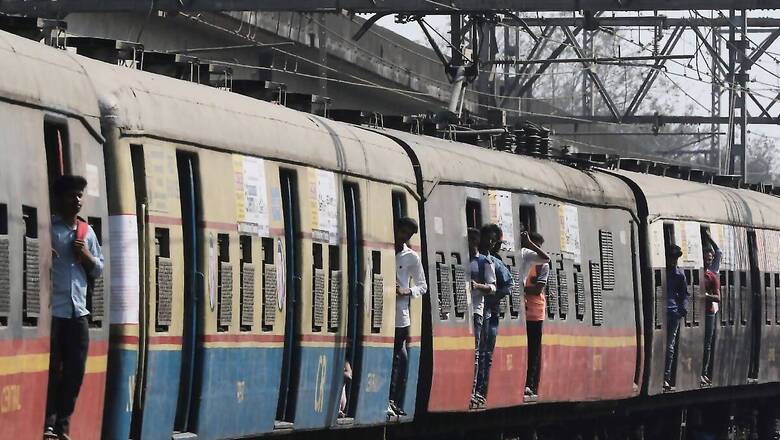
views
The Western Railway (WR) caught 5,274 ticketless commuters in three days of ‘fortress checking’, earning a revenue of Rs 13.93 lakh collected as fines. Under ‘fortress checking’ drive, (TCs) block all entry and exit points to the station and move inside the trains checking for tickets.
Fortress Checking Drive in Mumbai Locals
According to a Hindustan Times report, on September 30, a group of TCs found 1,647 ticketless commuters at Dadar station. The number saw an increase to 2,693 when the drive was conducted at Andheri station on October 3.
On October 5, as many as 934 people were found without tickets in AC locals on the Bandra-Mumbai Central route. On October 6, the drive was conducted at Virar station from 2:00 pm to 10:00 pm.
Why Don’t People Want to Buy Tickets?
A senior railway official, on the condition of anonymity, told Hindustan Times that some commuters who were caught without tickets said they took a chance due to a lack of number of TCs posted on trains and platforms.
Sources noted that the number of ticket-checking staff in the Mumbai division of WR had decreased from 1,100 to 700-750. The number of TCs dedicated to Mumbai’s suburban stations and local trains dropped from 250-300 to 150.
“Even some reasoned that paying fines once in 15-30 days is better than buying tickets after standing in a long queue,” the official added.
A WR official termed the habit of travelling without tickets after Covid-19 as another reason behind an increasing number of default commuters.
“This habit seems to be continuing. They are okay to pay fines rather than standing in long queues. Even though there are options to buy tickets on the UTS mobile app, the growth seems slow, yet it is steady,” the official was quoted by Hindustan Times as saying.
Nandkumar Deshmukh, president of the Federation of Suburban Railway Passengers Association, argued that heavy crowd at ticket windows discourages many from buying tickets. Deshmukh also said multiple entry and exit points at stations also play a role since it is difficult to monitor people’s movements.


















Comments
0 comment